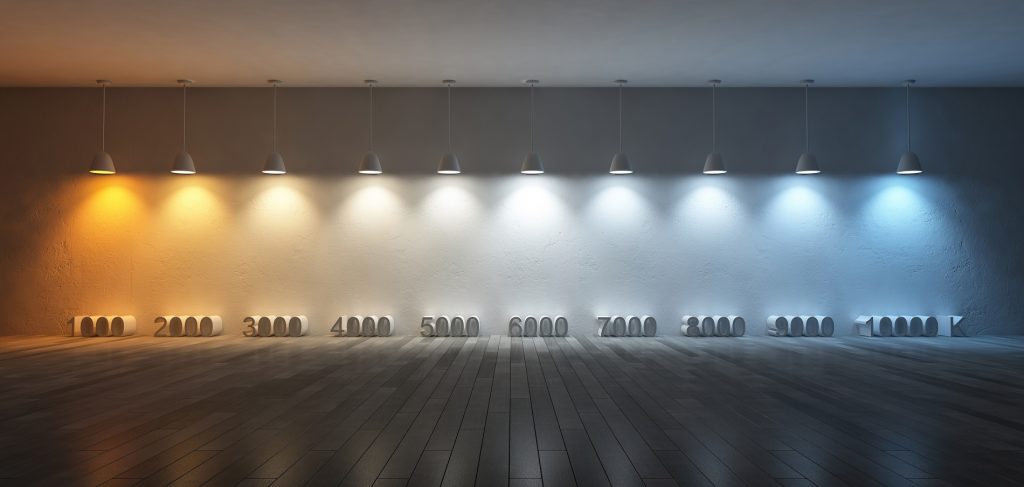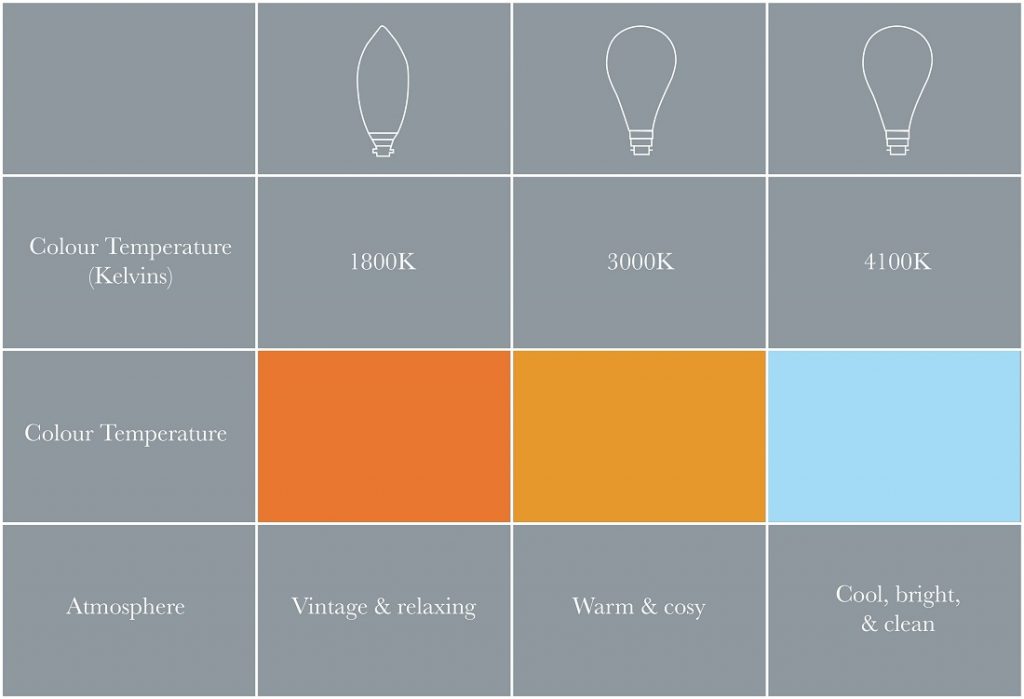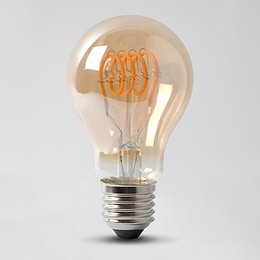What is Colour Temperature?
What is Colour Temperature?
 If you've been looking for LED light bulbs, you may have noticed that they often come with a colour temperature rating. This is in the format of a number, followed by a K, and occasionally with a description like Warm White. Like many people, you may be wondering what it means and which colour temperature you should go for.
If you've been looking for LED light bulbs, you may have noticed that they often come with a colour temperature rating. This is in the format of a number, followed by a K, and occasionally with a description like Warm White. Like many people, you may be wondering what it means and which colour temperature you should go for.
You may have noticed that some lights give off a yellow coloured, warm light, whereas others give off a cooler, whiter light. Some bulbs seem to have a more natural daylight feel to them whereas others have a sunset or darker glow; this is due to their colour temperature.
The colour temperature of a bulb describes the appearance of its light. White is the common colour of light that most bulbs emit, but that white light can range from warm (a more orangey colour) to cool (a bluey white colour). LED lights generally provide a wide range of colour temperatures to choose from, including the warm white colour of traditional incandescent bulbs.
Colour temperature is measured in degrees Kelvin on a scale from 1000 to 10000. So when you see the number 3000K or 4100K for example, the K stands for Kelvins. Bulbs with a lower temperature will have a warmer light. So a bright, blue/white, cool bulb will have a higher value than a traditional sunset yellow.
Traditional incandescent bulbs tend to be closer to the temperature of candlelight, which sits around 2000K and sunlight sits around 6000k. As you can see in the picture below, the colour of the light changes as the colour temperature changes.

It's important that you get the right colour temperature for the setting. Some rooms in your home may suit a warm white as it can be a lot more relaxing, but a cool white works when you need to clearly see colours.

1800K Sunset White
Sunset white bulbs give off a vintage style light and looks beautiful and warm, but may not suit the kitchen or other working area, as the colours of the food may not be as easy to determine. They work well in rooms where you want to create an atmosphere or ambience.
Suitable for living rooms, restaurants or other spaces where people relax, and appreciate vintage style.
3000K Warm White
Warm white covers 2000K - 3000K and has a warm inviting glow, suitable for bedrooms (as a cooler white can have a negative effect on our sleep); bathrooms; dining rooms; living rooms and also in commercial ambient spaces like restaurants. This sort of light looks a little cooler than our vintage Edison style bulbs, but still feels very warm. This light may not look ideal for working situations.
4100K Cool White
This is a cooler white. Cool white ranges from 3100-4500K and gives of a bluey whiter, brighter light. Suitable for situations and places in which good visibility is needed. It works well in the kitchen, as you'll be able to clearly see the colour of your food. Anywhere where work is being completed can benefit from a cooler white like Horizon Daylight, for example offices, garages and basements. If you want to be fully awake and alert in any part of your home, choose a cooler white.
4600K-6500K Daylight
Bulbs that have a colour temperature of over 4600K are suitable for areas in which you want full visibility. These could be work spaces, display areas or garages but often look too cold and sterile for the home environment. They can also work well for security lighting.
How will the different colour temperatures look?
The below photos show the same room, with 3 different colour temperatures:

Whilst warm and cool white can both cover a range of colour temperatures, cool tends to sit around 4000k and warm around 3000k. Cool is better for seeing colours clearly and is ideal for task lighting, in the kitchen, office or anywhere else where clear visibility is needed. Warm white allows for visibility, but has a slightly warmer, more orange tone, suited for lounges, living rooms and social areas.
In the living room, you want to be able to relax, but also see fairly clearly. Therefore a warm white of around 2700k to 3000k provides a level of light that isn't over stimulating. It is often also a good idea to choose a warmer light (e.g. 1800k) for a lamp, to give you the option of a more relaxing, ambient atmosphere if needed.
Yes, 3000k (and around it) is often known as warm white, but sometimes called soft white too.
Cool daylight is on the cooler side of the daylight range. So sits around 6700k-7000k.
Yes! We stock Dim to Warm downlights, Instead of dimming the brightness, these handy downlights shift from cool to warm lighting with the use of a dimmer switch, perfect for rooms that are used for both tasks and relaxing.




